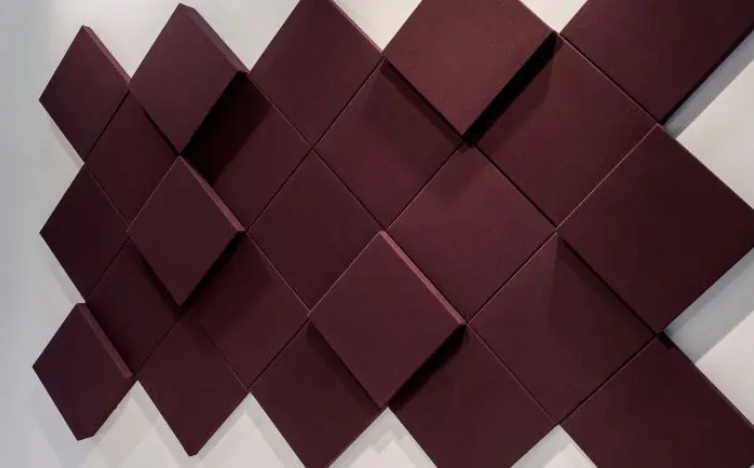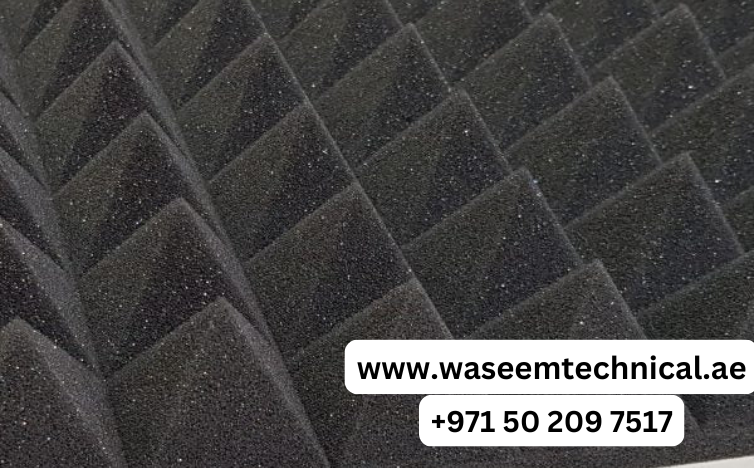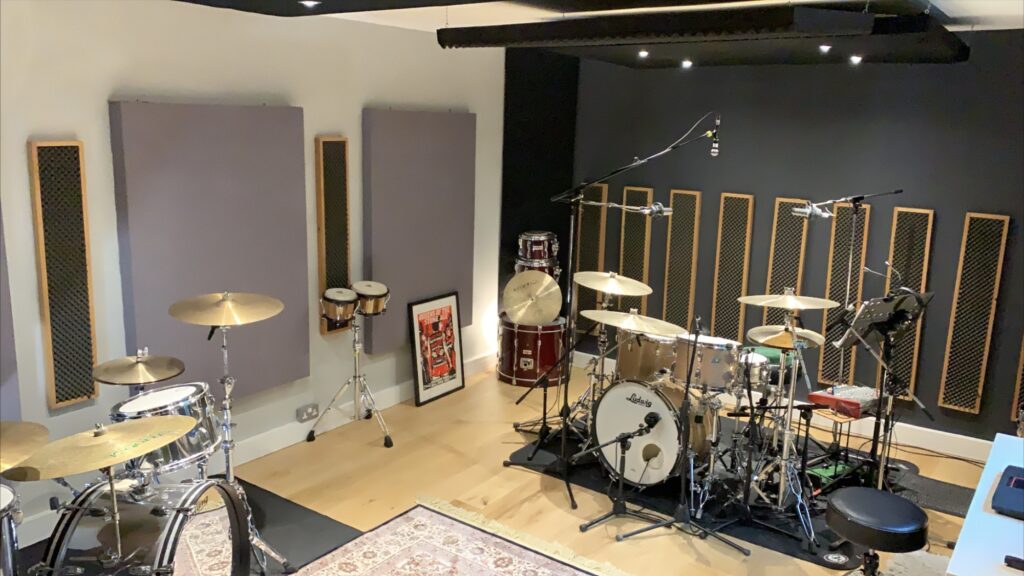Acoustic foam is a popular sound-absorbing material, but it’s often a poor choice for restaurants. While it helps reduce noise in studios and home theaters, its limitations make it ineffective—and sometimes even problematic—for dining spaces.
1. Poor Noise Reduction in Loud Spaces
Restaurants have constant chatter, clattering dishes, and background music. Acoustic foam only absorbs high-frequency sounds, leaving low-frequency noise (like deep voices and bass) largely unaffected. This creates an uneven acoustic environment where some noises are muffled while others remain loud and distracting.
Better Alternatives:
- Fabric-wrapped panels – Absorb a wider range of frequencies.
- Baffles & ceiling clouds – Target noise more effectively in open spaces.
2. Unappealing Aesthetic for Dining Areas
Acoustic foam often looks industrial or studio-like, clashing with restaurant decor. Most foam panels come in basic colors (black, gray, or egg-crate patterns), which don’t complement upscale or themed dining environments.

Better Alternatives:
- Perforated wood panels – Stylish and sound-absorbing.
- Decorative fabric panels – Customizable to match interior design.
3. Durability & Hygiene Concerns
Restaurants need materials that are easy to clean and resistant to stains, grease, and moisture. Acoustic foam:
- Absorbs odors and spills, becoming a breeding ground for bacteria.
- Degrades quickly in high-humidity environments (like kitchens and dining areas).
- Is difficult to sanitize without damaging the material.
Better Alternatives:
- Metal or wood acoustic panels – Wipe-clean and long-lasting.
- Vinyl-wrapped sound absorbers – Moisture-resistant and easy to maintain.
4. Fire Safety Risks
Many acoustic foams are highly flammable and may not meet fire codes for commercial spaces. Restaurants require fire-rated materials to ensure safety.
Better Alternatives:
- Mineral wool or fiberglass panels – Fire-resistant and code-compliant.
- Class A fire-rated acoustic treatments – Safe for high-occupancy venues.
5. Short Lifespan & Cost Inefficiency
Foam deteriorates faster than other materials, requiring frequent replacement. While initially cheap, long-term costs add up compared to durable alternatives like wood or fiberglass panels.
Conclusion: Better Options for Restaurants
Acoustic foam is ineffective, unattractive, and impractical for restaurants. Instead, opt for:
✔ Fabric or wood acoustic panels – Better sound control & aesthetics.
✔ Ceiling baffles & clouds – Effective for open dining areas.
✔ Fire-resistant materials – Ensures safety and compliance.
Call us: Contact Waseem Technical Soundproofing Expert in Dubai For Soundproofing: +971 50 209 7517
By choosing the right acoustic treatment, restaurants can enhance ambiance without sacrificing style or functionality.




